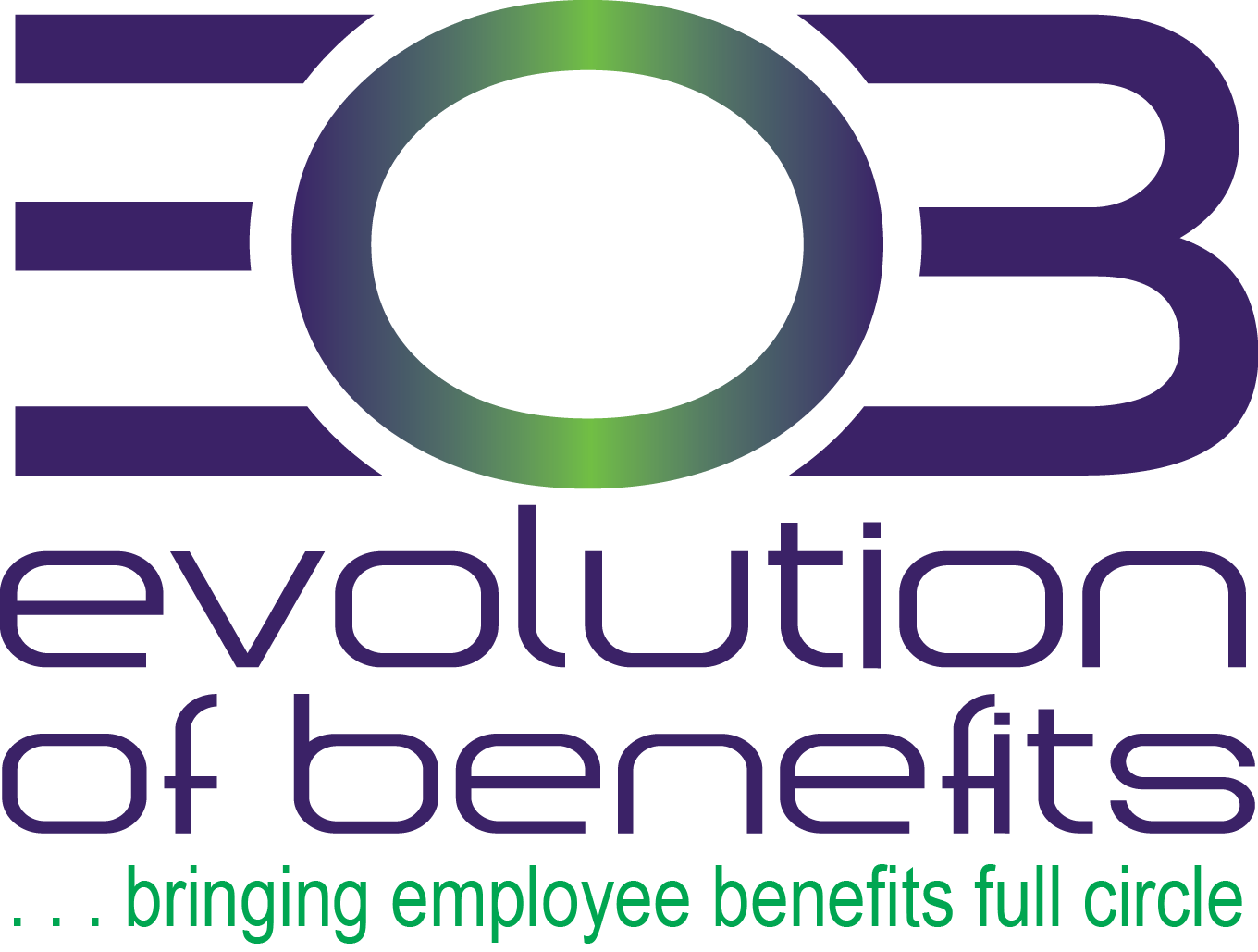⚕Mental Health Care Benefits Strategies⚕

In today’s work environment, employees are increasingly grappling with common mental health challenges such as burnout, stress and anxiety, as well as other diagnosable mental health disorders and conditions. These issues not only affect personal well-being but also impact workplace productivity and morale. While creating a healthy workplace culture, equipping managers to support workers and expanding awareness of mental health can help overcome these challenges, benefits offerings also play a key role in addressing the mental health needs of employees.
Posted on April 9, 2025 by EOB
Career Elevator: The Importance of Peer-to-Peer Praise (November)

Fostering a positive and supportive workplace culture is more crucial than ever. One of the most effective ways to achieve this is through peer-to-peer praise. Recognizing and appreciating colleagues’ efforts can significantly impact both individual and team performance.
A Workhuman survey found that 41% of employees want to be recognized by a peer,surpassing those who want to be recognized by their managers.
Posted on November 27, 2024 by EOB
Career Elevator: How to Be a Better Listener at Work (October)

In today’s fast-paced work environment, effective communication is more important than ever. One of the most crucial aspects of communication is listening. Being a good listener at work enhances communication, builds stronger relationships and boosts productivity by ensuring messages are accurately received and understood. It also reduces conflicts and encourages open dialogue, leading to a more positive and collaborative work environment.
Posted on October 24, 2024 by EOB
Career Elevator: Enhancing Your Workplace Value (September)

In today’s dynamic and competitive job market, demonstrating and elevating your workplace value is essential for career growth and job satisfaction. Whether seeking a promotion or simply looking to solidify your position within your company, focusing on your workplace value can help you achieve your professional goals.
Posted on September 26, 2024 by EOB
Career Elevator: Companies Seek Employees With a Strong Work Ethic (August)

A new survey by HR management company ADP revealed that “a strong work ethic” is the top skill companies are looking for in new hires, but it’s the hardest to find. This research further validates the importance of soft skills in the workplace and how these behavioral skills can give job seekers a competitive edge.
Posted on August 29, 2024 by EOB
Career Elevator: Time Management Tips to Boost Productivity (July)

Effective time management is crucial for enhancing productivity and achieving career success in today’s fast-paced work environment. As workers juggle multiple responsibilities and deadlines, mastering the art of managing time can transform their professional lives. However, staying on track and focused can be especially hard given daily distractions in workspaces.
Posted on July 25, 2024 by EOB
Career Elevator: Understanding the Difference Between Upskilling and Reskilling (June)

In today’s rapidly evolving job market, the terms “upskilling” and “reskilling” are becoming increasingly common. While they both involve enhancing one’s skills, they serve different purposes and require distinct approaches. For employees navigating their career paths, understanding the difference between upskilling and reskilling is crucial for making informed decisions about professional development.
Posted on June 27, 2024 by EOB
Career Elevator: 6 Soft Skills That AI Can’t Replace (May)

Generative artificial intelligence (AI) continues to shape today’s workplaces, often making learning technical and hard skills easier. However, soft skills can’t be outsourced to AI. Soft skills are important for everyday life and can help drive your career development and growth.
Posted on May 30, 2024 by EOB
Health Plan Eligibility: Do’s and Don’ts

Employers sponsoring group health plans have some flexibility when deciding which groups of employees and dependents will be eligible for coverage. However, there are several crucial eligibility requirements employers should adhere to for health coverage. These rules can be categorized into important eligibility “do’s” and “don’ts” for employers to follow.
A basic eligibility “do” is following the terms of the health plan’s written plan document, including its eligibility rules. Also, to avoid potential penalties, applicable large employers (ALEs) should ensure they offer affordable coverage to their full-time employees. Other important “do’s” include making coverage available for adult children up to age 26 and continuing to offer coverage for Medicare-eligible employees when the health plan is the primary payer.
Essential “don’ts” for health plan eligibility include offering coverage to nonemployees, such as independent contractors, andimposing waiting periods that exceed 90 days. Other crucial “don’ts” are overlooking applicable nondiscrimination requirements when establishing eligibility rules and excluding employees from coverage based on health status-related factors.
View and download the latest Health Plans Eligibility: Do’s and Don’ts
Posted on March 15, 2024 by EOB
Benefits Breakdown: Complex Health Benefits Can Hinder Employee Success

Health care is rarely straightforward for the average consumer. Many individuals need help making sense of their options both during open enrollment and when receiving health services. In fact, 8 out of 10 people said they faced challenges when receiving care, according to a recent study from Quantum Health.
According to the study, the vast majority of consumers have reported facing hurdles in the past two years when receiving care. These challenges include issues understanding coverage levels, locating providers and navigating the insurance claims process. Issues like these were compounded for individuals with chronic conditions—90% of whom said they faced additional challenges, such as making sense of diagnoses or test results.
Understanding Individual Coverage Health Reimbursement
Arrangements (ICHRAs)
HRAs reimburse employees for certain medical costs. Depending on the plan, such expenses may include doctor visits, medical procedures and prescriptions. An employee must be enrolled in their employer’s group health plan to qualify for an HRA.
ICHRAs are a bit different. These accounts can reimburse employees for certain medical expenses, insurance premiums or both. Whether an ICHRA will cover both premium and medical expenses is up to the employer.
Posted on October 28, 2021 by Evolution of Benefits
Client and Employee Resources
![]() The more your employees understand your benefit plans the more they become educated, empowered consumers. The programs you provide will also gain an enhanced value.
The more your employees understand your benefit plans the more they become educated, empowered consumers. The programs you provide will also gain an enhanced value.
As your strategic partners in employee benefits, we can provide multiple avenues of ongoing support, including:
- Employee Meetings (English and Spanish)
- Webcasts
- Payroll Stuffers
- Poster Campaigns
- Newsletters
Recent Posts
- April showers bring May flowers 🌷🌼 May 1, 2025
- Overview of State Pay Transparency Laws April 30, 2025
- MAINTAINING YOUR WELL-BEING AMID TARIFFS AND ECONOMIC UNCERTAINTY April 30, 2025
- Keeping Up with Compliance Quarterly April 30, 2025
- Supreme Court Ruling May Lead to More Fiduciary Lawsuits under ERISA April 30, 2025
- Form 5500 Deadline Is July 31 April 29, 2025
- Celebrate Penguin Day with a waddle of fun! 🐧❄️ April 25, 2025
- Keeping Up With Compliance Quarterly April 23, 2025
- Employee Compensation and Benefits During Layoffs and Furloughs April 23, 2025
- Voluntary Benefits – ERISA Compliance Exemption April 18, 2025
Newsletter and Article Categories
E-Verify is a web-based system that allows enrolled employers to confirm the eligibility of their employees to work in the United States. Click the image below to begin.




















